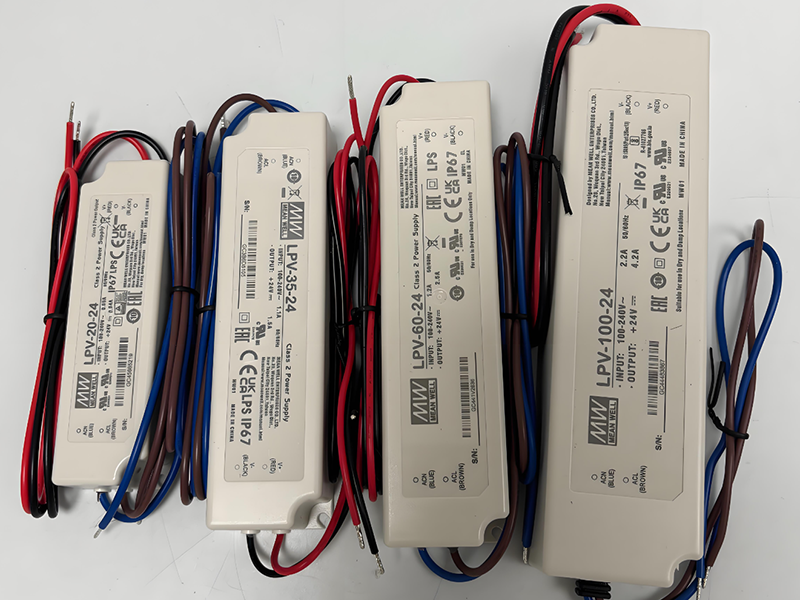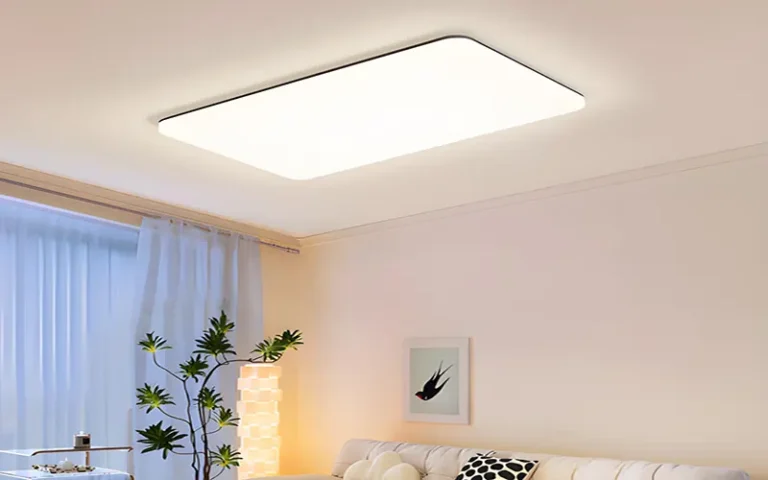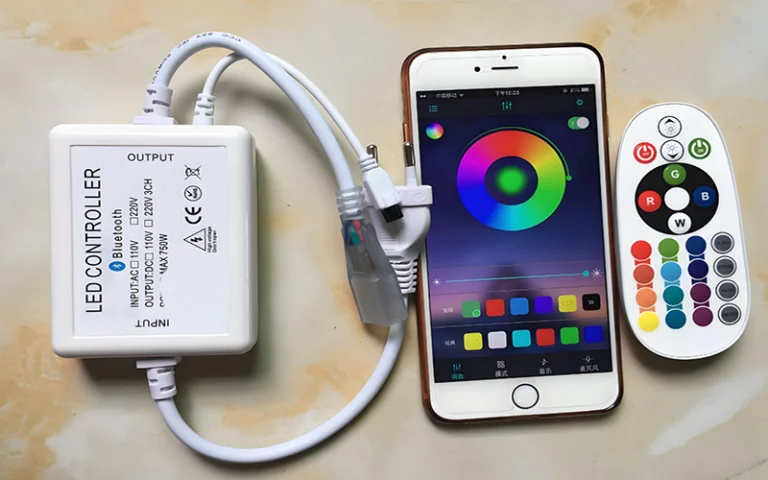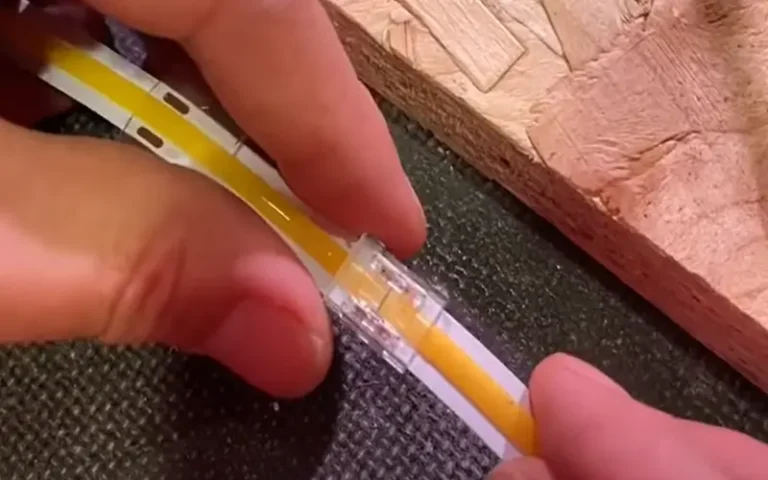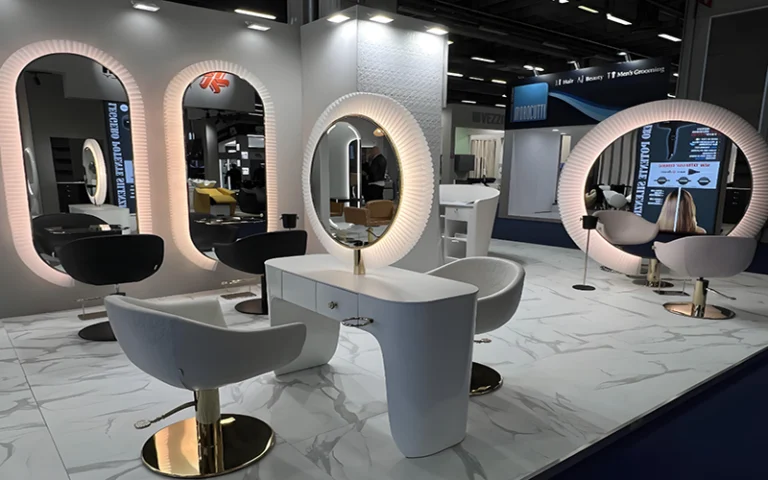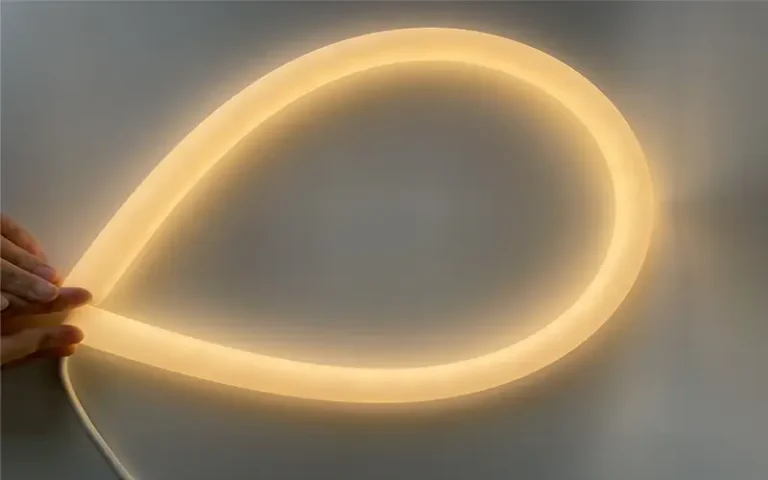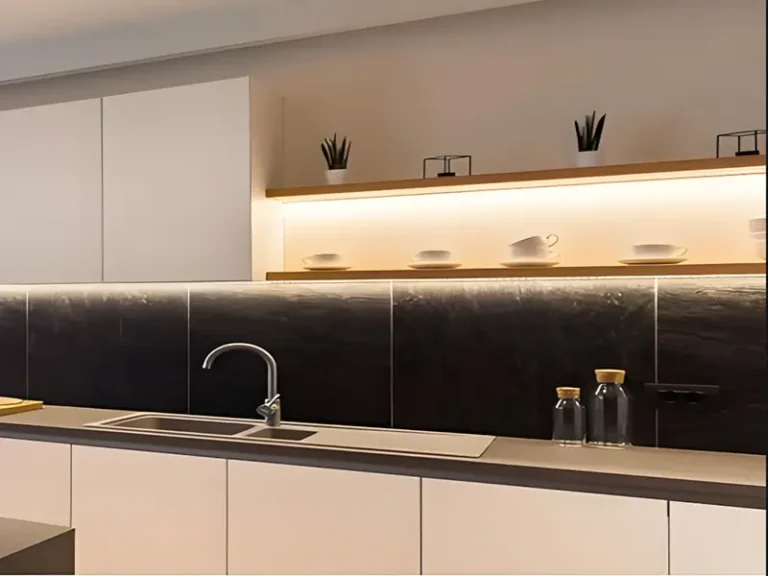How To Choose the Right LED Power Supply?
After we have selected the right LED fixture, we also need to consider its power supply. A reliable power supply is essential for the optimal performance and life of LED lighting projects. Whether you are building a custom lighting fixture or installing LED LED strip, choosing the right LED power supply is crucial.
Why Choosing the Right Power Supply Is Important
First and foremost, the power supply is the backbone of any LED lighting system. We must always choose the right and compatible power supply. If you use an incompatible or low-quality power supply, your lighting may have the following problems:
Light flickering
Inappropriate voltage or incorrect current from the power supply can cause inconsistent lighting.
Shortened lifespan
Overloaded or low-quality power supplies will damage LEDs over time, that’s for sure. So make sure to choose a high-quality power supply.
Safety risks
Inadequate safety features increase the risk of overheating or electrical hazards.
Reduced efficiency
An unmatched power supply wastes energy, negating the benefits of LED lighting.
Types of LED Power Supplies
There are three main types of LED power supplies:
Constant Voltage LED Power Supply
Constant voltage power supplies are ideal for most LED strips. These power supplies maintain a fixed output voltage, typically either 12V or 24V, ensuring that the LEDs receive a consistent voltage for stable operation. This type of power supply is particularly suitable for longer LED strips and lamps, as it prevents voltage drops that could occur over long distances, ensuring that the LEDs perform optimally throughout the entire strip.
Constant current Power Supply
Constant current power supply is used in LED applications that require a stable current, and is usually used to drive high-power LEDs. Designed for specific LED modules, it provides a fixed current (e.g. 350mA) to prevent overheating.
The current of the LED remains constant and is not affected by voltage fluctuations. Constant current power supplies are widely used in lamps, landscape lighting and other occasions that require precise current control.
Switching Power Supply
This is the most common type of LED power supply and is suitable for a wide range of LED lighting applications. Switching power supplies work by converting alternating current (AC) into direct current (DC), providing a stable voltage and current to power the LEDs effectively.
The advantages of switching power supplies include their high efficiency, which helps reduce energy consumption, as well as their compact size and lightweight design. These qualities make them ideal for various LED strips, panels, and lamps, offering versatility and reliability in a range of lighting setups.
6 Tips to Choosing the Right LED Power Supply
Next, we will comprehensively analyze and select the appropriate LED power supply from 6 aspects.
Top Power Supply Brands
When it comes to reliability, quality, and longevity, we recommend Meanwell Power Supply first. It is known for its high efficiency, durability, and wide range of products.
In fact, choosing a reputable brand ensures that your equipment is safe, reliable, and long-lasting.
Matching Voltage and Current for LED Lights
Voltage and current compatibility are critical to properly powering LEDs. The first thing to pay attention to is the voltage. Match the output voltage of the power supply to the input voltage of the LEDs. For example, a 12V LED strip requires a 12V power supply.
It’s the current, and the rated current of the power supply should meet or exceed the needs of the LEDs. An under powered power supply may cause dimming or flickering.
Dimmable and Non-Dimmable LED Power Supplies
LED power supplies are divided into dimmable and non-dimmable LED power supplies. LED power supplies are generally categorized into dimmable and non-dimmable types, and the selection should be based on the specific requirements of your project.
Dimmable power supplies These power supplies allow you to control the brightness of the LED light using a dimmer switch. Non-dimmable power supplies provide a fixed output voltage and cannot be dimmed.
Choosing the Right Connector Type
The connector type affects how easily you can set up your LED system. Common options include:
- Barrel Jacks: Popular for plug-and-play setups.
- Screw Terminals: Provide a secure connection for larger installations.
- Adapters: Ideal for connecting LED strips to standard outlets.
Calculate Power Loss and Efficiency
Power loss and inefficiency can occur due to factors like cable resistance or suboptimal design. Here’s how to minimize them:
- Choose high-efficiency supplies: Look for power supplies with an efficiency rating of 85% or higher.
- Account for voltage drop: Use thicker cables to minimize resistance and ensure consistent power delivery.
- Select the correct wattage: Avoid using a power supply at full capacity, which can lead to overheating and reduced efficiency.
Choosing a Power Supply for Indoor and Outdoor Use
Indoor Power Supplies: These power supplies are designed for indoor use and are not waterproof. So keep the power supply away from water sources.
Outdoor Power Supplies: These power supplies are designed to withstand harsh weather conditions such as rain, snow, and extreme temperatures. They are usually waterproof and have a higher IP rating.
Conclusion
By understanding power requirements, matching voltage and current, and choosing the right power supply for your environment, we can help you choose the right power supply. Choosing the right LED power supply is essential to ensure safe, stable and long-lasting lighting performance.
ESSENLED is your trusted LED solution partner, providing a range of reliable power supplies and customized LED strip lights products.
FAQs
An LED power supply is a device that converts the current from your wall socket to the specific voltage required for your LED light to operate. If your LED light fixture is low voltage, you need an LED power supply to convert and light it up.
Constant voltage power supplies provide a steady voltage (such as 12V or 24V) and are suitable for most LED strips. Constant current power supplies are designed for LED modules that require a specific current to operate and are typically used in high-power applications such as LED lamps and certain types of LEDs.
Before buying, check the specifications of the LED power supply and double-check whether it supports dimming. Dimmable power supplies usually support specific dimming methods such as 0-10V or triac dimming, which allow you to control the brightness.
Choose a power supply that matches the voltage required by your LEDs. Most LED strips and lamps have a voltage of 12V or 24V. Make sure the power supply matches the voltage rating of the LED to avoid damaging the fixture.

